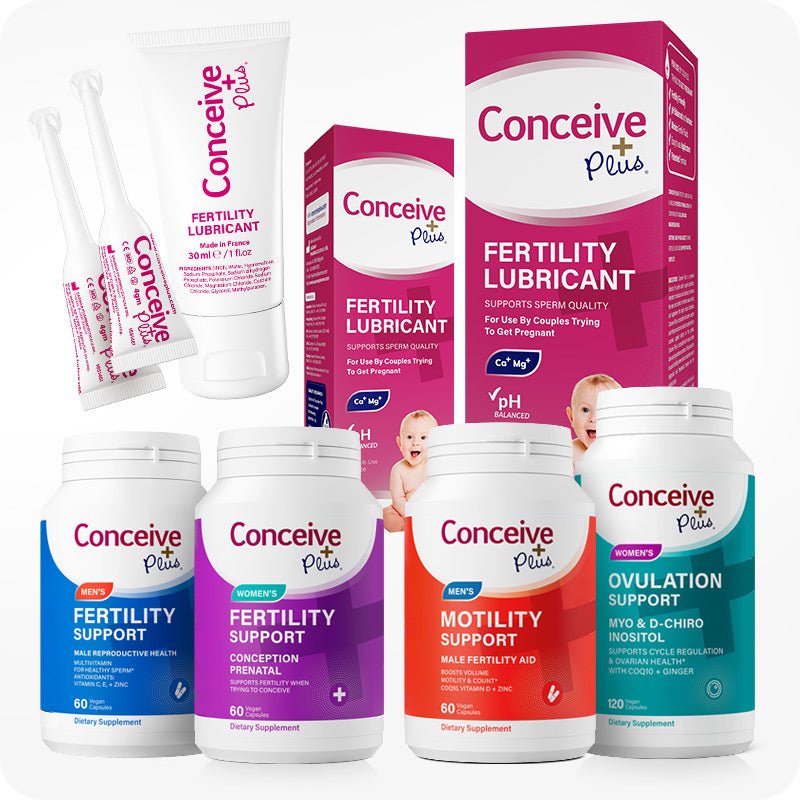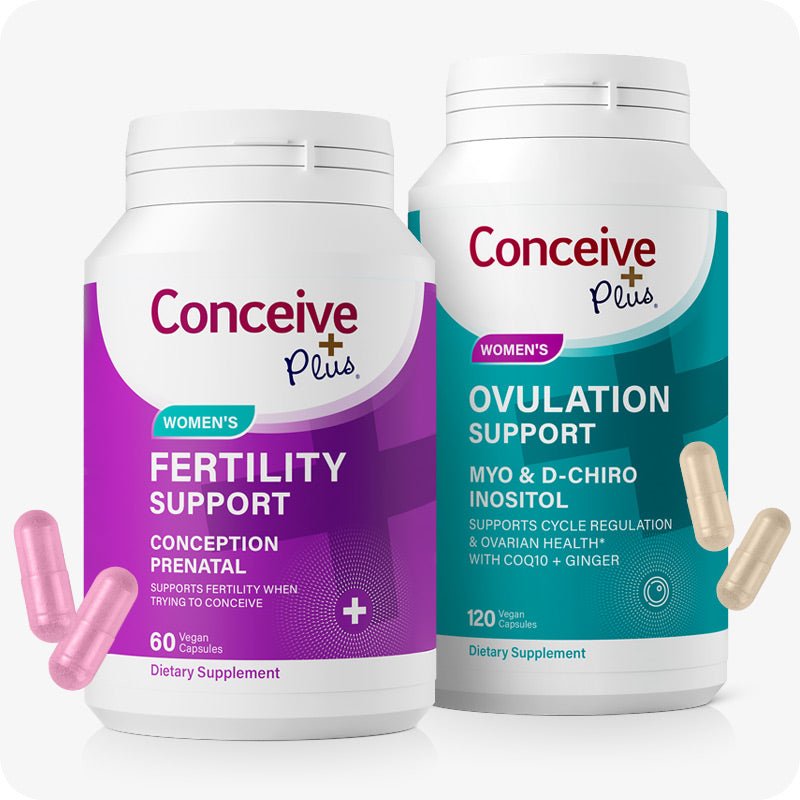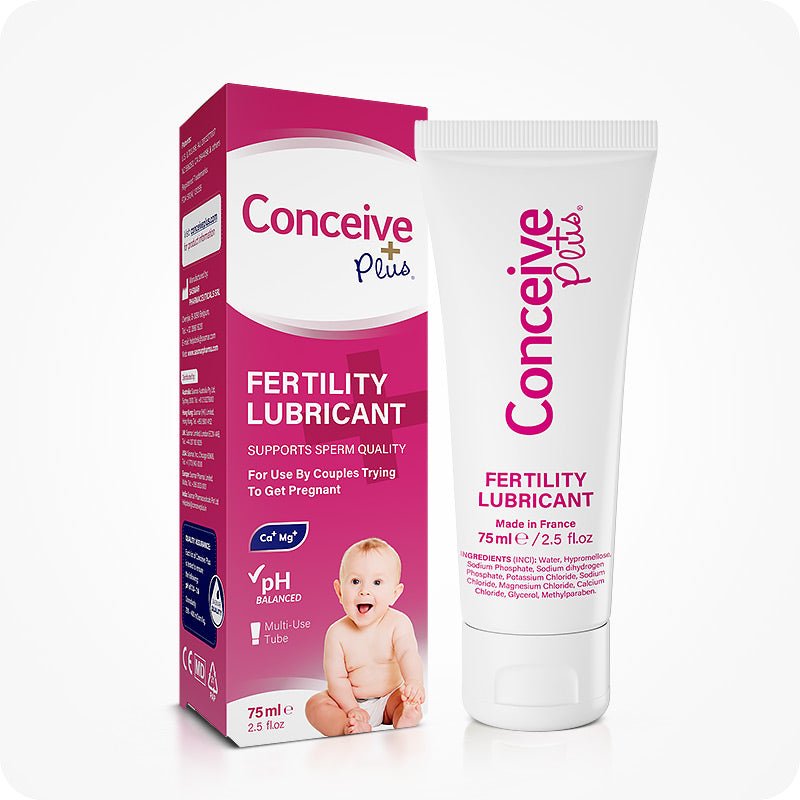Infertility Rise: How Many People Are Infertile

Millions of people around the world have fertility problems and are unable to conceive. Infertility rise is a major concern for couples dreaming of starting a family.
But how many people are infertile globally? What are the present-day infertility statistics? Answers to these questions can explain the scale of this problem worldwide.
This article covers the statistics related to infertility rise from around the world. This article also includes causes for infertility and treatments to improve fertility status for men and women.
What is Infertility?
World Health Organization (WHO) defines infertility as the inability to conceive even after one year of regular and unprotected sex [1].
Both men and women can face infertility issues. In women, infertility is mostly due to structural problems in the reproductive system or hormonal imbalances.
Similarly, problems in men that are responsible for infertility include unhealthy sperm production, hormonal imbalance, and structural issues of the reproductive system.
Correct diagnosis of the causes of infertility is important for effective treatment. Remember that early diagnosis and treatment of infertility issues can improve the chances of conception.

Global Infertility Statistics
According to WHO, around 17.5% of the adult population worldwide experiences infertility [2]. Another estimate shows that around 48 million couples and 186 million individuals are living with infertility globally [3].
Reports also show that males are responsible for one-third of infertility cases and the remaining two-thirds are due to females and other unknown causes [4].
According to Fertility Research and Practice infertility statistics 1 in 4 couples in developing countries are suffering from infertility issues [5].
However, the rate of infertility is not the same all around the world. Infertility is more prevalent in some regions of the world than others.
Factors Influencing Infertility
Infertility issues can affect both men and women. Some risk factors directly influence reproductive health and can increase the risk of infertility.
Here are some of the common causes of infertility in men and women:
-
Lifestyle Choices
A healthy lifestyle has a positive impact on overall health, and it also affects fertility. Poor diet, drinking too much alcohol, smoking, and lack of physical activities can lower your chances of having a baby. On the other hand, healthy lifestyle choices can greatly reduce the risk of infertility
-
Medical Conditions
In many men and women, medical conditions are the primary cause of infertility. For example, studies show that polycystic ovary syndrome (PCOS) increases the risk of infertility in women [6]. Another example is sexually transmitted infections, which can also cause infertility problems in both men and women.
-
Environmental Factors
Different environmental factors can also impact your fertility status. Studies show that chemicals, heavy metals, and radiation can damage sperm and egg cells [7]. If you reduce your exposure to these toxins, you can expect improved fertility status and better chances of having a baby.
-
Structural Problems
Structural problems refer to the structural defects in the male and female reproductive system. For example, uterine fibroids and blocked fallopian tubes can lower the chances of pregnancy in women. Similarly, structural problems in men such as blockage of sperm-carrying tubes can cause infertility.
Treatment for Infertility
Even if you are infertile according to the definition of the WHO for infertility, you can still conceive with the help of several treatment options.
Fertility treatments include:
In Vitro Fertilization (IVF)
IVF is a type of assistive reproductive technology (ART) that helps couples in achieving pregnancy. Reports show that IVF is effective in helping couples to have their biological child which they could not through sexual intercourse [8].
IVF can work for couples who are unable to conceive for the following reasons:
- Blocked Fallopian Tubes
- Ovulation Disorders
- Low Male Sperm Count
- Unexplained Causes
For some couples, unexplained infertility remains a challenge, where no specific cause can be identified despite thorough testing. In IVF, doctors take the egg from the female partner and sperm from the male partner and fertilize the egg in a lab. The fertilized egg (embryo) is then placed in the woman’s uterus to grow.
Fertility Supplements
If you are unable to conceive, the reason can be something as simple as a lack of essential vitamins and minerals. Your body needs these nutrients for reproductive health and for the process of healthy egg and sperm production.
Eating a balanced diet is the best way to deal with nutritional deficiencies and support reproductive health. You can also take fertility supplements to fill in the gaps of a balanced diet.
Fertility supplements for men provide vitamins, minerals, and amino acids for the production of healthy sperm. Fertility supplements for women also provide essential nutrients that support female reproductive health.
FAQs
-
What do 1 in 8 and 1 in 4 infertility numbers indicate?
These statistics indicate the prevalence of infertility in different regions of the world. In some regions, 1 in every 8 couples face fertility problems while in developing countries, the ratio is 1 in 4.
-
How many couples struggle with infertility?
Estimates show that around 48 million couples across the world struggle with infertility. The ratio is even higher in some countries because of different factors such as poor diet and lifestyle choices.
-
Can women married 15 years sterile get pregnant?
Yes, it’s possible. With treatments like IVF, women who’ve been unable to conceive for years may still get pregnant.
Conclusion
Infertility or the inability to conceive is a fear of many couples who are planning to start a family. Statistics show that fertility is a large-scale problem with millions of people going through it.
Infertility is a treatable condition in many people, and you can be one of them. So, if you’re trying to conceive, we recommend you consult a specialist for a detailed evaluation of your condition. It is possible that all you need to conceive are some dietary and lifestyle changes.
Resources Used
- Infertility. (2024, May 22). https://www.who.int/news-room/fact-sheets/detail/infertility
- 1 in 6 people globally affected by infertility: WHO. (2023, April 4). https://www.who.int/news/item/04-04-2023-1-in-6-people-globally-affected-by-infertility
- WHO fact sheet on infertility gives hope to millions of infertile couples worldwide. PubMed Central (PMC). https://www.ncbi.nlm.nih.gov/pmc/articles/PMC7863696/
- How common is male infertility, and what are its causes? (2021, November 18). https://www.nichd.nih.gov/health/topics/menshealth/conditioninfo/infertility
- Elhussein, O. G., Ahmed, M. A., Suliman, S. O., Yahya, I., & Adam, I. (2019). Epidemiology of infertility and characteristics of infertile couples requesting assisted reproduction in a low-resource setting in Africa, Sudan. Fertility Research and Practice, 5. https://doi.org/10.1186/s40738-019-0060-1
- Melo, A. S., Ferriani, R. A., & Navarro, P. A. (2015). Treatment of infertility in women with polycystic ovary syndrome: Approach to clinical practice. Clinics, 70(11), 765-769. https://doi.org/10.6061/clinics/2015(11)09
- Manouchehri, A., Shokri, S., Pirhadi, M., Karimi, M., Abbaszadeh, S., Mirzaei, G., & Bahmani, M. (2022). The Effects of Toxic Heavy Metals Lead, Cadmium and Copper on the Epidemiology of Male and Female Infertility. JBRA Assisted Reproduction, 26(4), 627-630. https://www.ncbi.nlm.nih.gov/pmc/articles/PMC9635604/#:~:text=Heavy%20metals%20lead,%20cadmium,%20and%20copper%20cause%20infertility%20in%20couples,or%20effects%20on%20the%20egg.
- Amini, P., Ramezanali, F., Parchehbaf-Kashani, M., Maroufizadeh, S., Omani-Samani, R., & Ghaheri, A. (2021). Factors Associated with In Vitro Fertilization Live Birth Outcome: A Comparison of Different Classification Methods. International Journal of Fertility & Sterility, 15(2), 128-134. https://doi.org/10.22074/IJFS.2020.134582












